 Server
Colocation
Server
Colocation
 CDN
Network
CDN
Network
 Linux Cloud
Hosting
Linux Cloud
Hosting
 VMware Public
Cloud
VMware Public
Cloud
 Multi-Cloud
Hosting
Multi-Cloud
Hosting
 Cloud
Server Hosting
Cloud
Server Hosting
 Kubernetes
Kubernetes
 API Gateway
API Gateway

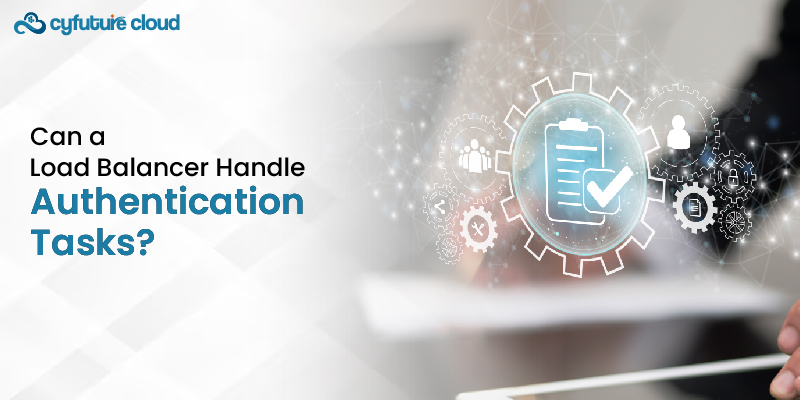
A load balancer disseminates network or application traffic across multiple servers. It ensures:
a) High availability
b) Reliability
c)Optimal performance
Traditionally, it focuses on balancing traffic and managing server load rather than handling authentication tasks. However, its role has expanded with technological advancements and the evolving needs of modern applications.
Before diving into the capabilities of load balancers in handling authentication, it’s essential to understand their fundamental role. It works by distributing incoming traffic among multiple servers. This stops any single server from becoming overwhelmed. This distribution helps in:
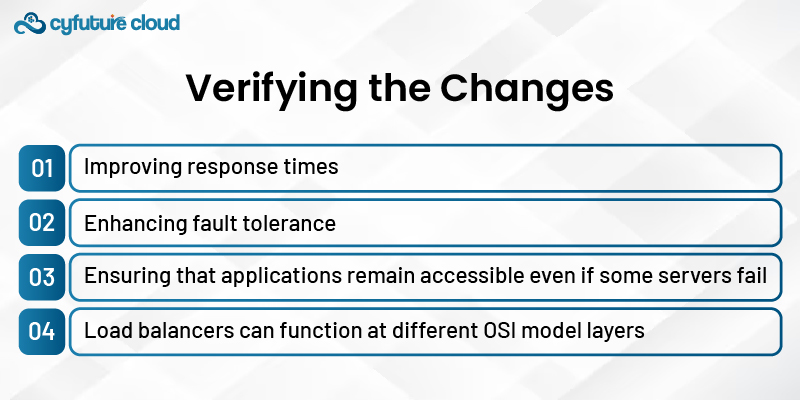
a) Improving response times
b) Enhancing fault tolerance
c) Ensuring that applications remain accessible even if some servers fail
d) Load balancers can function at different OSI model layers
Layer 4
These handle traffic based on IP addresses and TCP/UDP ports. They make routing decisions without inspecting the actual content of the packets.
Layer 7
These operate at the application layer and can make routing decisions based on application-level data, such as URLs, HTTP headers, and cookies.
Authentication is the process of verifying the identity of a user or system. It ensures that only permitted individuals can access specific resources or perform certain actions. Common authentication methods include:
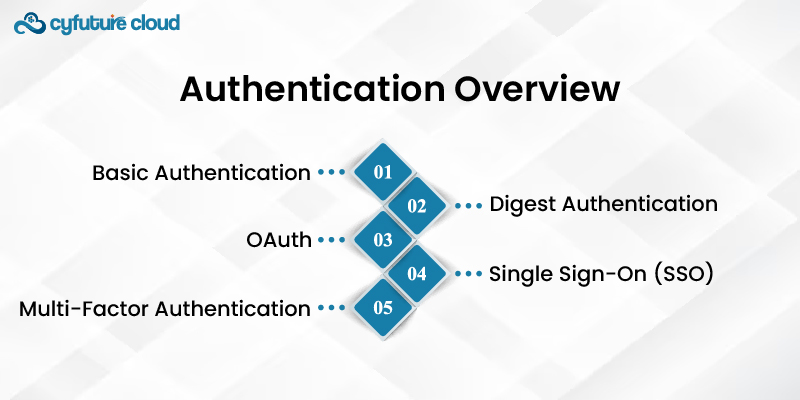
1. Basic Authentication
Uses a username and password encoded in the request header.
2. Digest Authentication
Provides a more secure method by hashing credentials.
3. OAuth
An open standard for access delegation is commonly used in web applications.
4. Single Sign-On (SSO)
Allows users to log in once and access multiple applications without re-entering credentials.
5. Multi-Factor Authentication (MFA)
It adds a layer of security by requiring more than one verification form.
While load balancers traditionally focus on distributing traffic, some modern load balancers can handle authentication tasks. Here’s how:
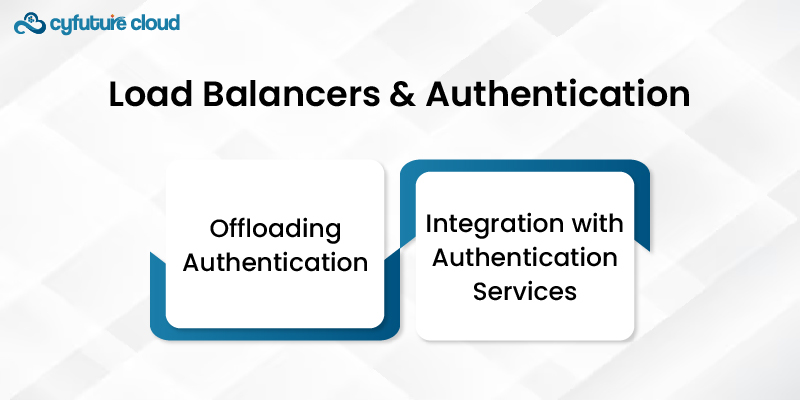
1. Offloading Authentication
Layer 7 load balancers can offload authentication tasks from backend servers. By doing so, it can manage authentication processes, such as validating tokens or handling SSO, before forwarding the traffic to the appropriate server. This approach reduces the computational load on application servers and can streamline authentication processes.
2. Integration with Authentication Services
Modern load balancers can integrate with external authentication services, such as:
a) Identity Providers (IdPs)
b) OAuth providers
This integration allows the load balancer to validate tokens, redirect authentication flows, and enforce access control policies. For example, a load balancer can redirect unauthenticated users to a login page or SSO provider, handle the authentication response, and then allow access to backend services based on the authentication outcome.
3. Handling HTTPS Termination
Load balancers typically manage HTTPS ending. They decode the incoming HTTPS data before sending it to backend servers. During this phase, they're also able to carry out SSL/TLS offloading. Thus reducing the encryption and decryption workload on application servers. This capability is crucial for authentication methods that rely on secure communication channels.
Implementing authentication at the load balancer level offers several benefits:
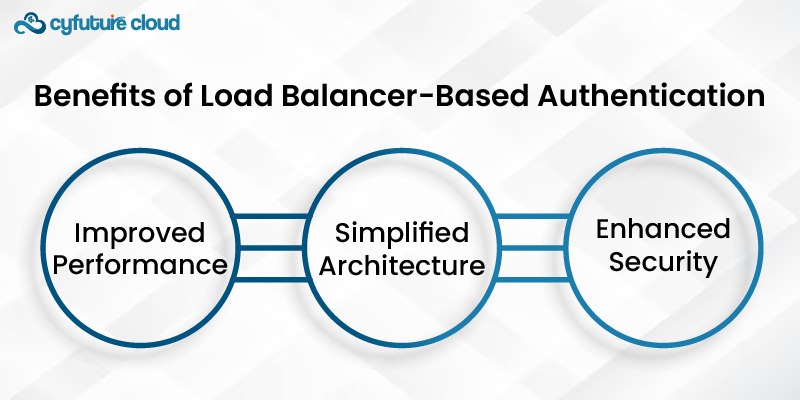
1. Improved Performance
By offloading authentication tasks to the load balancer, application servers can focus on processing business logic rather than handling authentication. This separation of concerns can lead to improved overall performance and scalability of the application.
2. Simplified Architecture
Handling authentication at the load balancer level can simplify the architecture by centralizing authentication processes. This centralization can make managing authentication policies and integrations with external authentication services easier.
3. Enhanced Security
Load balancers that handle authentication can provide additional security features, such as:
a)Centralized logging of authentication events
b)Protection against DDoS attacks
c)Integration with Web Application Firewalls (WAFs)
If you have more complex login needs, like multi-factor authentication (MFA), OAuth, SAML, OpenID Connect, and others, you typically need a dedicated authentication service or identity provider (IdP). These systems are designed to handle the complexities of modern authentication protocols and provide features like:
a) User management and directory services
b) Single sign-on (SSO)
c) Federated identity management
d) Detailed logging and auditing of authentication attempts
e) Integration with other security systems
4. Consistent User Experience
With authentication managed at the load balancer, users experience a consistent login and access process across different backend services. This consistency can improve the user experience, especially in applications with multiple services or microservices.
While load balancers can handle some basic authentication tasks, they are not a substitute for dedicated authentication systems when it comes to handling complex and secure authentication requirements. Combining load balancers with specialized authentication services provides a robust solution for managing both traffic distribution and secure user authentication.

Let’s talk about the future, and make it happen!
By continuing to use and navigate this website, you are agreeing to the use of cookies.
Find out more


